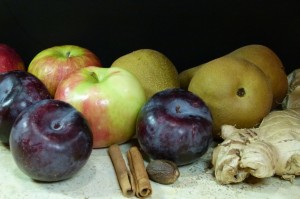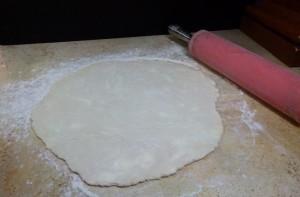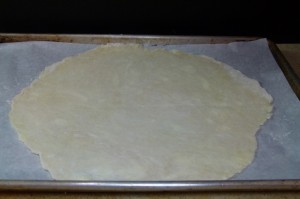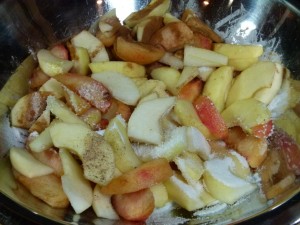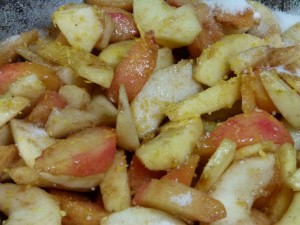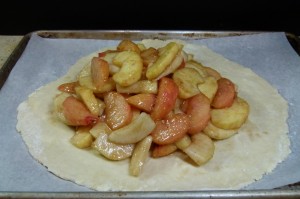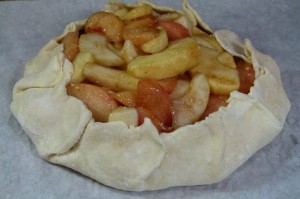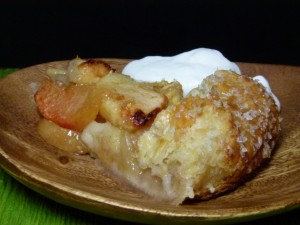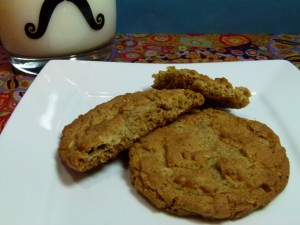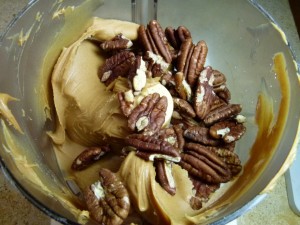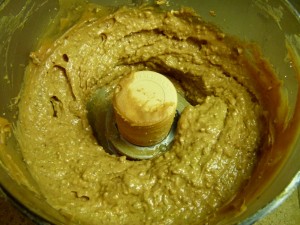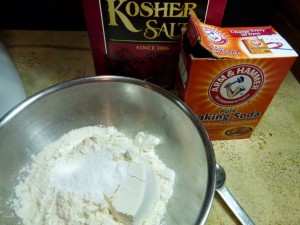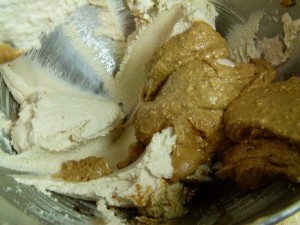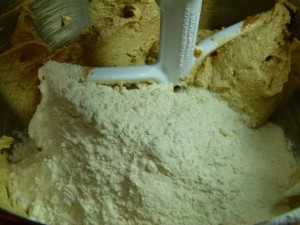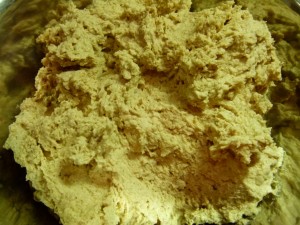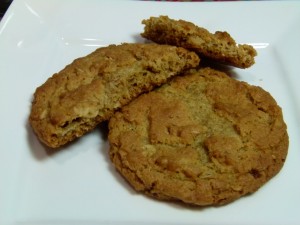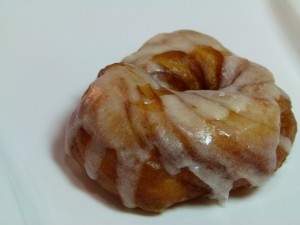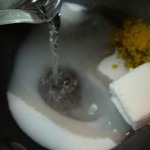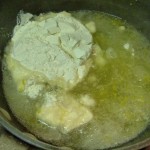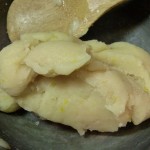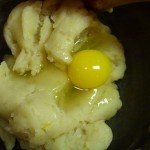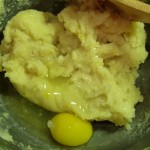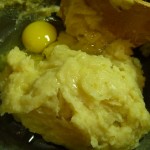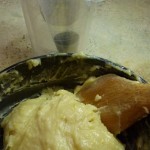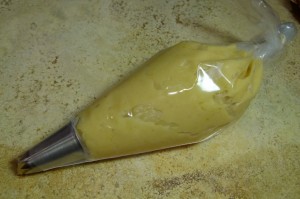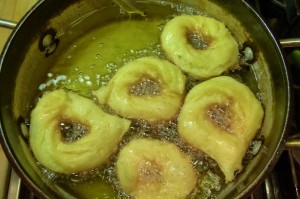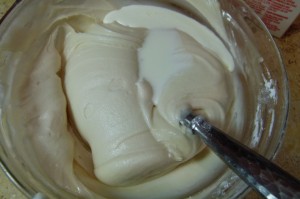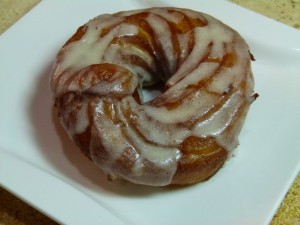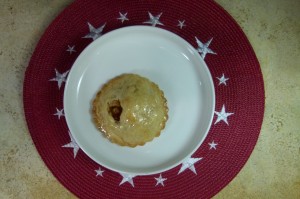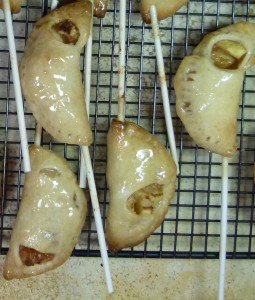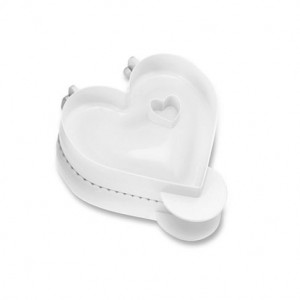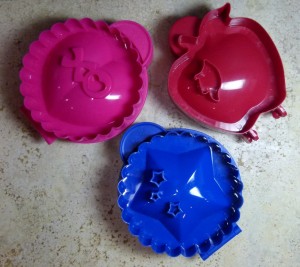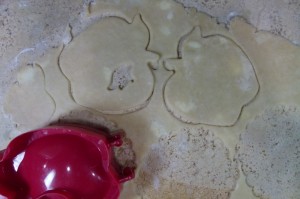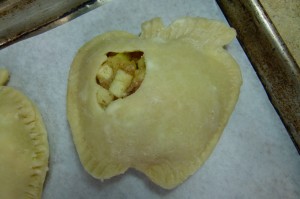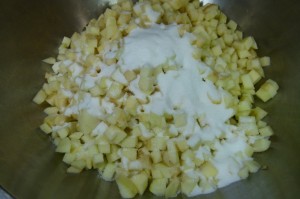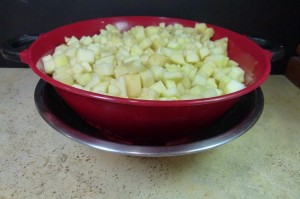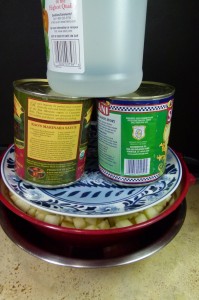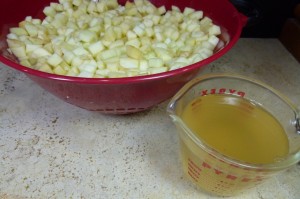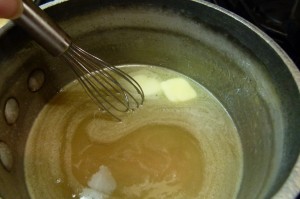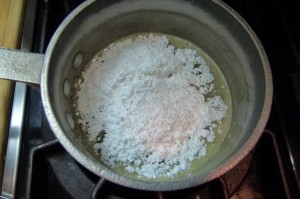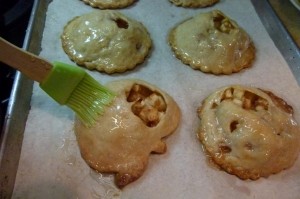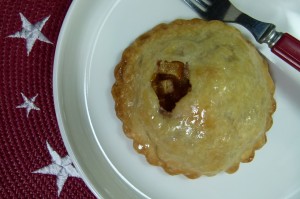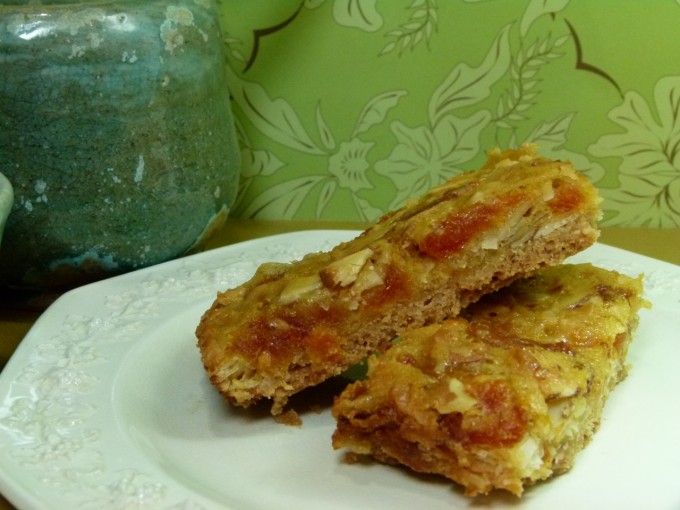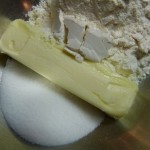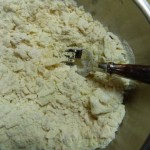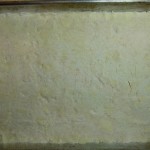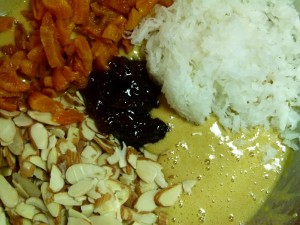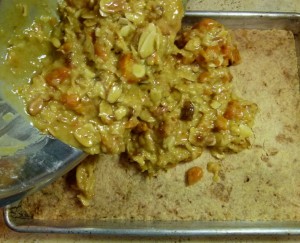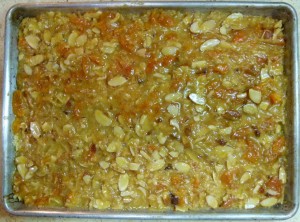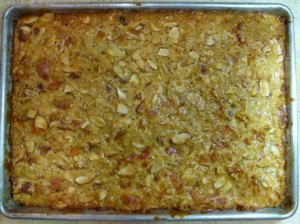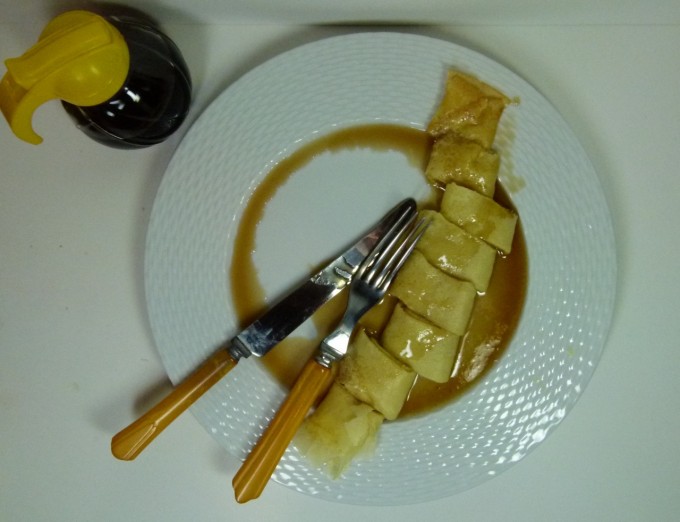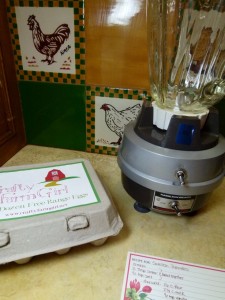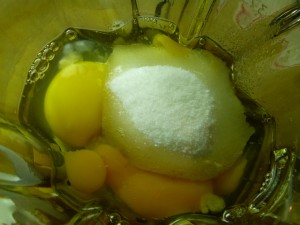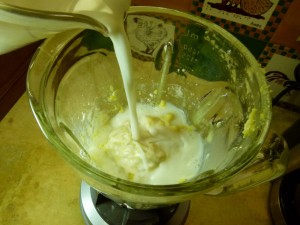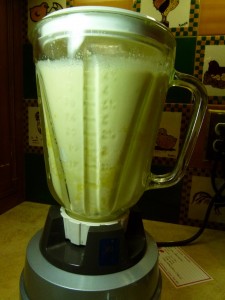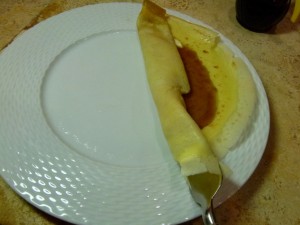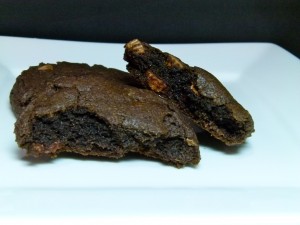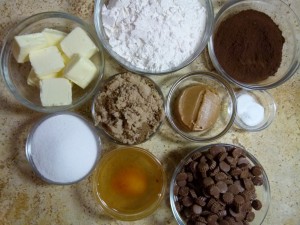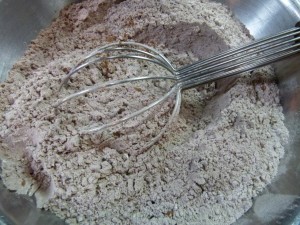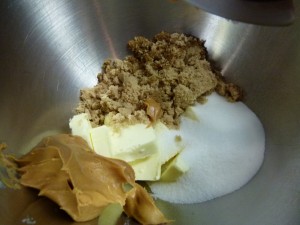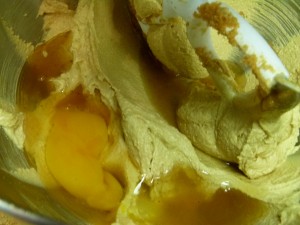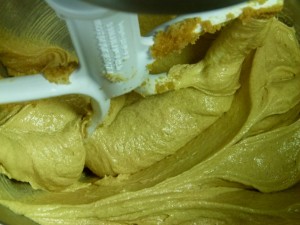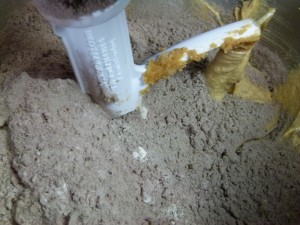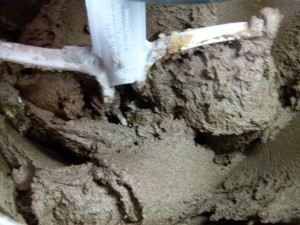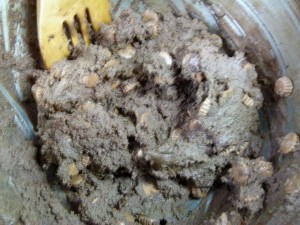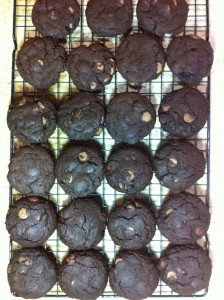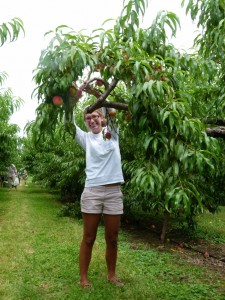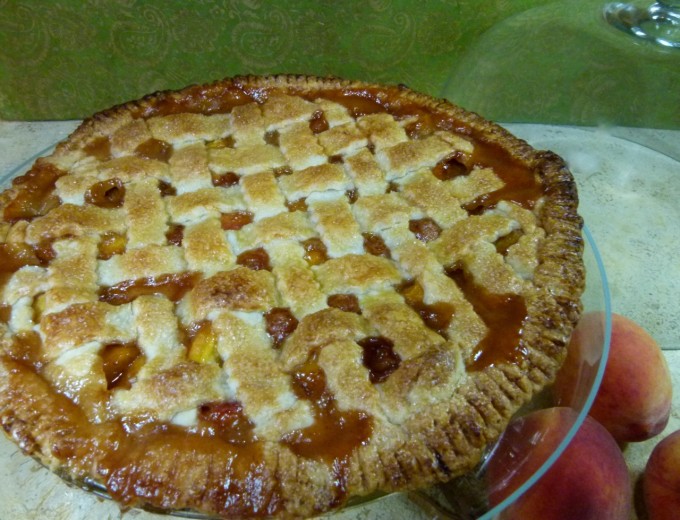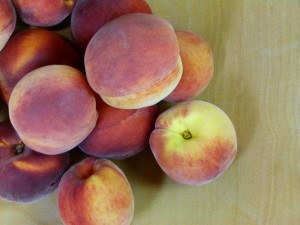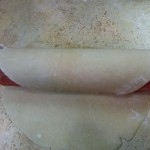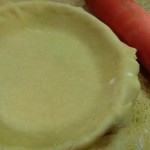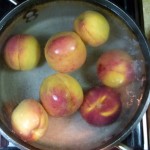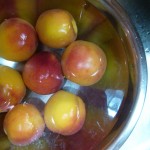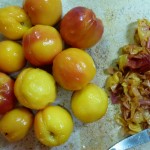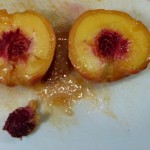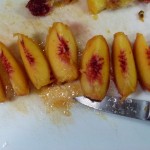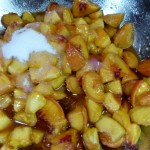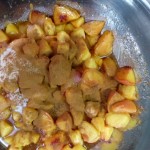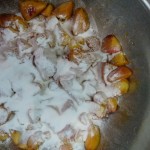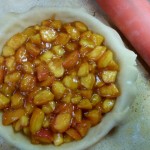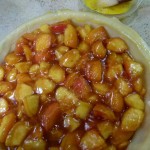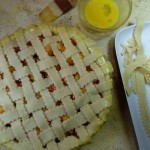There was a lot of postings on Pinterest the other day of The Other Side of 50‘s version of the New York Time’s chocolate chip cookie recipe. It looked delicious and her post was funny. With the week I’ve had I needed a chocolate chip cookie.
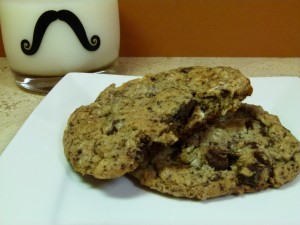
It’s an intriguing recipe because it uses a combination of cake and bread flour, but no all-purpose flour. She used a combination of semi-sweet and unsweetened chocolate in hers (because that was all she had in the house). I had all kinds of good chocolate in the house. I had big blocks of 65% and 70% bittersweet chocolate and white chocolate, and bags of Barry Callebaut semi-sweet and white chocolate as well as his espresso chunks. I liked the way she’d used grated chocolate in her dough though so decided I was going to use that idea. I didn’t measure anything precisely with the chocolate except for the final weight, which I kept at 20 oz., but it was approximately 4 oz. white, bittersweet, and espresso chunks, and 4 oz. each of grated white and bittersweet chocolate.
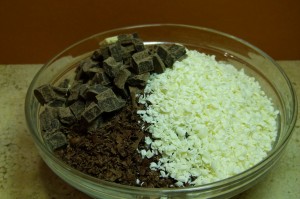
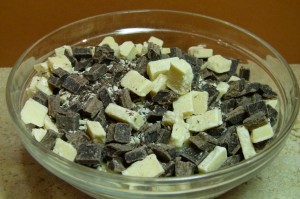
Everyone that has eaten these cookies this week, from my mom to my husband to my kids, have said they were the best chocolate chip cookies they’ve ever eaten, so there must be something to that unusual combination of flours. This recipe is definitely one for the recipe file.
Chocolate Chip Cookies
Original recipe adapted from Jacques Torres and published: July 9, 2008, New York Times. Adapted (slightly) by Crafty Farm Girl, 2011
Time: 45 minutes (for 16-cookie batch), plus at least 24 hours’ chilling

2 cups minus 2 tablespoons (8 1/2 ounces) cake flour
1 2/3 cups (8 1/2 ounces) bread flour
1 1/4 teaspoons baking soda
1 1/2 teaspoons baking powder
1 1/2 teaspoons coarse salt
2 1/2 sticks (1 1/4 cups) unsalted butter
1 1/4 cups (10 ounces) light brown sugar
1 cup plus 2 tablespoons (8 ounces) granulated sugar
2 large eggs
2 teaspoons natural vanilla extract
1 1/4 pounds bittersweet chocolate chunks & grated chocolate, at least 60 percent cacao content (see note)
Sea salt
1. Sift flours, baking soda, baking powder and salt into a bowl. Set aside.
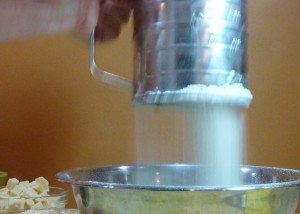
2. Using a mixer fitted with paddle attachment, cream butter and sugars together until very light, about 5 minutes. Add eggs, one at a time, mixing well after each addition. Stir in the vanilla.
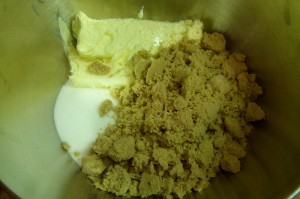
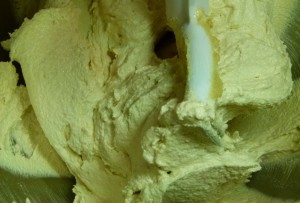
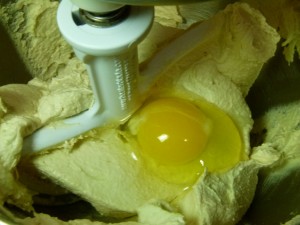
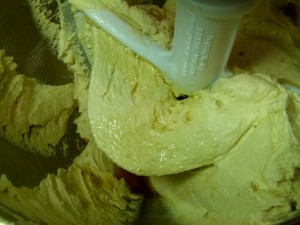
3. Reduce speed to low, add dry ingredients and mix until just combined, 5 to 10 seconds. Drop chocolate pieces in and incorporate them without breaking them. Press plastic wrap against dough and refrigerate for 24 to 36 hours. Dough may be used in batches, and can be refrigerated for up to 72 hours.
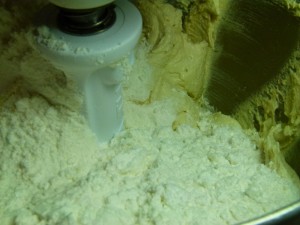

4. When ready to bake, preheat oven to 350 degrees. Line a baking sheet with parchment paper or a nonstick baking mat. Set aside. I used a level 4-tablespoon ice cream scoop that Scoop to form the cookies, and placed 6 onto a parchment-lined baking sheet. I made several batches of these to get the cooking timing just right. Of course it helps if you have an oven thermometer so you are sure the oven is at 350 degrees as well. If you used a 4-tablespoon scoop, bake the cookies for 14 minutes 30 seconds. They will not look like they are cooked enough, but they are (or they were in my oven).

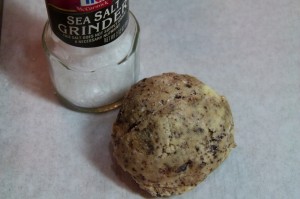
5. If you don’t have a scoop that size just make your cookies from 3 1/2-ounce mounds of dough (the size of generous golf balls), making sure to turn horizontally any chocolate pieces that are poking up; it will make for a more attractive cookie. Sprinkle lightly with sea salt. For cookies made this way, bake until golden brown but still soft, 18 to 20 minutes.
6. Transfer sheet to a wire rack for 10 minutes, then slip cookies onto another rack to cool a bit more. Repeat with remaining dough, or reserve dough, refrigerated, for baking remaining batches the next day. Eat warm, with a big napkin.

Yield: 1 1/2 dozen 5-inch cookies.

Note: The chocolate chunks and bulk chocolate I used is available at kingarthurflour.com.
 Print This Recipe
Print This Recipe

